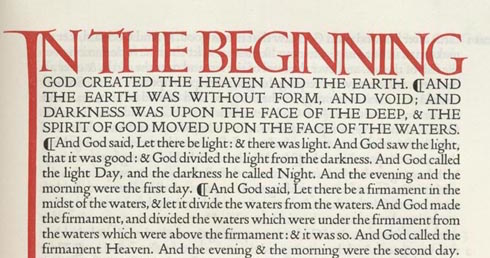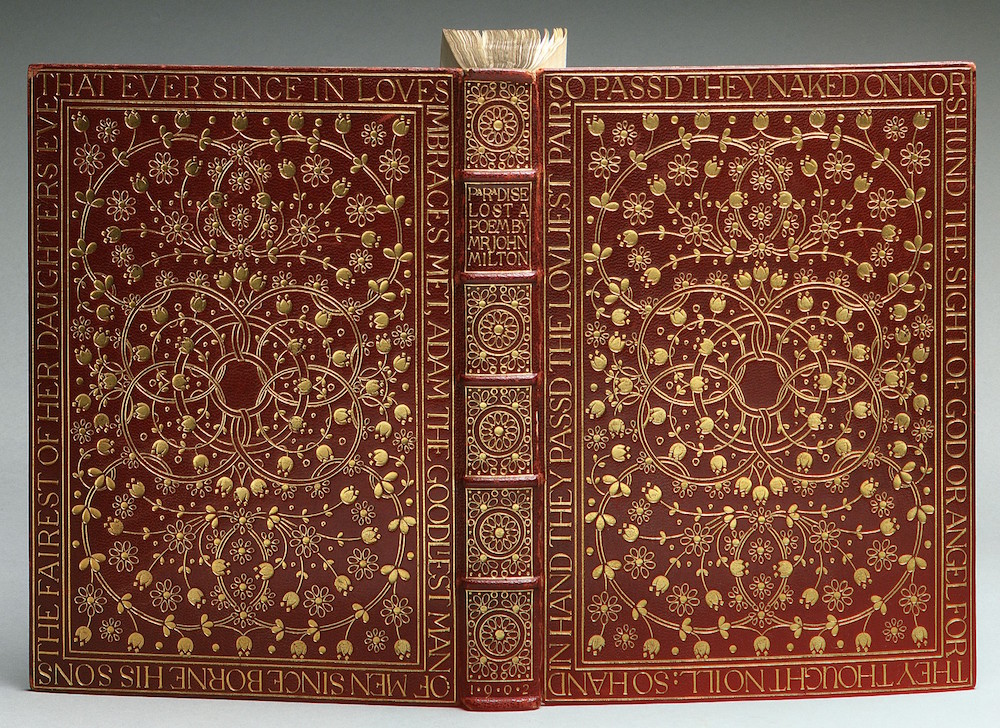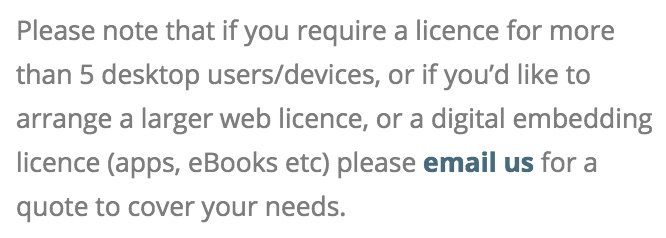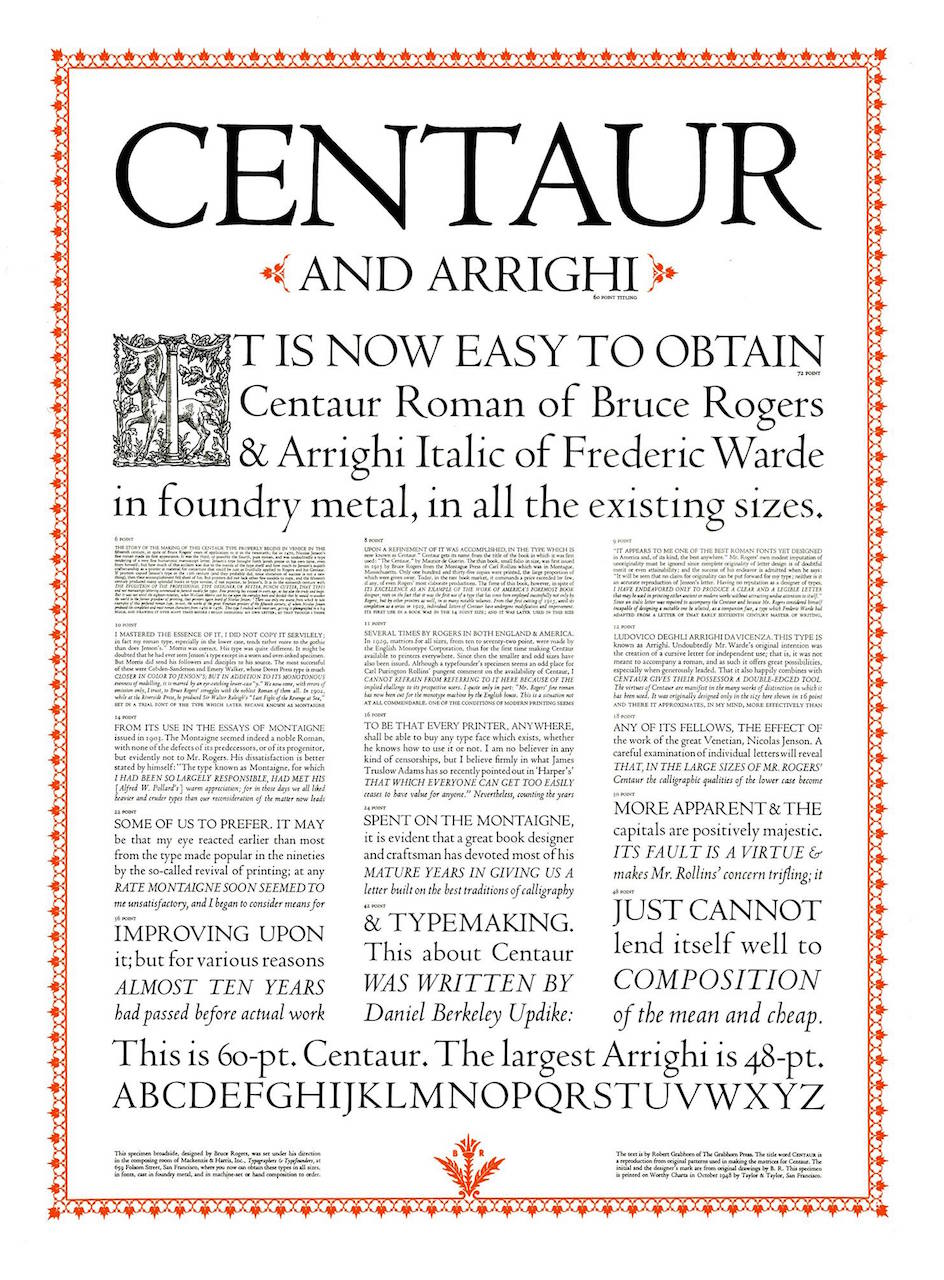I appreciate a good font, and I certainly appreciate good typography. Reading badly laid out books can be painful (although my threshold is much higher than my friends who are typographers by trade). The over-use of Comic Sans or Papyrus fonts is not something that just bothers me.

Recently I read about the resurrection of a font last used over a century ago. The story is quite incredible. Two men founded a publishing company, one bringing the creative side (Thomas Cobden-Sanderson) and the other the money (Emery Walker). The company, Doves Press, created a new font (new, although based on a font from the 15th century) to be used in their publications, which included an edition of the Bible, as well as books by well-known authors such as John Milton, whose Paradise Lost published by Doves is nothing less than a masterpiece of bindery, before even getting to the contents.

Trouble Begins
When the publishing company ran into financial trouble, the partners fought over the single remaining asset of the company – the typeface. Today we think of fonts as digital files on a computer. We don’t think about how much time goes into designing them, especially since anyone who wants to can open up a computer program and create their own font. Not so with fonts a century ago. Fonts such as that used at Doves Press took years of planning and production time to create. A single font consisted of thousands of pounds of metal characters on small plates used to form the words that were printed.
The Doves Press typeface was owned by both partners equally, but that created a big problem. One partner wanted to sell the typeface (Walker), the other wanted to prevent it from being used in a mechanical press (Cobden-Sanderson). Instead, they came to a different agreement. Cobden-Sanderson would retain full control of the font during his lifetime, and after he died Walker would gain complete control of it. While that sounds reasonable, it wasn’t enough for Cobden-Sanderson that his font would never be mechanized in his lifetime. He decided to, frankly, screw his business partner out of his end of the deal. Over a period of years, he carried small amounts of the type to the Thames River and dumped them into the water. After hundreds of such trips, he managed to dispose of the entire typeface, leaving nothing for his partner upon his death. Nothing, that is, except the story.
The Legend and The Resurrection
The story became legend, and after a century, one designer, Robert Green, decided to try to resurrect the lost typeface. Starting with copies of books published by Doves Press, reading the journals left behind by Cobden-Sanderson, and using research done by others on the topic, Green attempted to piece together a full copy of the typeface, as well as find the location of the lost original. Figuring out where Cobden-Sanderson likely dropped the metal pieces into the river, he actually was able to find three pieces of the typeface himself on the water’s edge. After that discovery, he was able to get professional divers to search for the rest, where over 150 pieces were discovered. The rest are likely encased in concrete, as the bridge the typeface was thrown over was bombed multiple times by the IRA, as far back as 1939 and as recently as 2000, and the bridge had to be repaired each time.
The pieces recovered from the river do not constitute the full range of characters from the typeface, but they do help provide more information about the typeface, and that information has been used by Green to enhance his digital version (he calls it a ‘digital facsimile’) of the font, named The Doves Type, which is available for sale online.
Digital Embedding License?
Looking at the new font online, I noticed something interesting about the pricing. The font is sold for £40 for a single user, £50 for 2-5 users (it’s reasonable that someone working on a book would need a license for more than one person), and the third option is £40 for 10,000 page views per month on a web site. All of that seemed fairly standard to me, although I’m not an expert on fonts and I always thought it was a bit strange to price fonts for online use based on page views. What I found really interesting was that they ask to be contacted directly if you want a larger online license or a ‘digital embedding license’. The examples given for the digital embedding license are apps and eBooks.

Think about that for a second. For £40 I can install the font on my computer and print a million books using it, but if I want to issue an eBook of the exact same book, with the same layout, etc. I need to negotiate some kind of separate license. How does that make sense? Is it because the font is embedded in the document and thus has the potential to be extracted and used without permission? What kind of extra payment would cover that exactly? Font licensing has always seemed a bit arcane to me, but this seems particularly bizarre.
What would Cobden-Sanderson think now?
There is a certain amount of irony that Cobden-Sanderson went to such extreme measures to prevent his typeface from being used in the mechanical presses of the day, only to have it resurrected today in such a way that anyone in the world can use it. There’s no doubt that Robert Green has a tremendous amount of respect for the typeface and its creator, yet he is still responsible for releasing the font into the wild in a way Cobden-Sanderson would never have imagined possible (and probably would have been horrified by). John Milton once said that innocence once lost can never be regained. Cobden-Sanderson’s typeface is out now, and to use more colloquial terminology, that genie can never be put back in the bottle.

Pingback: Another font evolves in the digital realm - off on a tangent